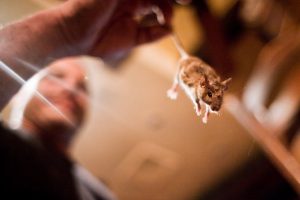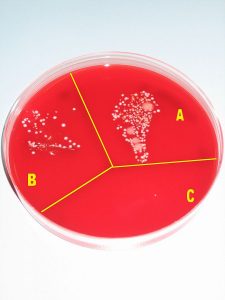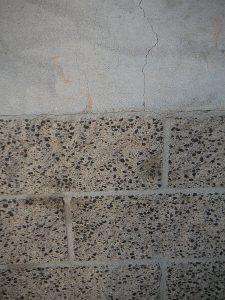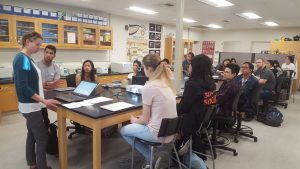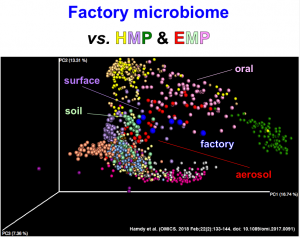One of the many reasons why I love being part of our UC Davis First Year Seminar CUREs is that we do not require our students to have previous scientific experience. What this also means is that we need to spend a lot of class time covering basic (yet very important!) laboratory skills. Therefore, Week …
Just a quick post here pointing people to some new papers of potential interest. The papers in are mBio and are from Ian Lipkin’s lab (with others) on bacteria and viruses in mice in New York City papers in mBio Viral Diversity of House Mice in New York City mBio 9:2 march/april 2018; doi:10.1128/mBio.01354-17 New York …
Neat article in the Harvard Gazette about an awesome-sounding exhibit, “Microbial Life: A Universe at the Edge of Sight.”. Put together by Roberto Kolter and Scott Chimileski, the exhibit highlights microbial life… particularly the discoveries of microbial ecology over the last couple of decades. Looks like a cool blend of science and art.
So I’d heard about “self-healing” concrete using chemicals that react with water to seal cracks, I’ve even blogged about self-healing concrete using bacteria embedded into the concrete (back in 2011). And then yesterday I came across research talking about using fungi for this purpose. Regardless of which method ends up working, I think these are …
CUREs, Course-based Undergraduate Research Experiences, represent a departure from traditional lecture-based teaching methods. In CUREs, students learn in a much more interactive environment. There is a growing body of literature suggesting CUREs benefit students – and therefore schools – far better than lecture-based teaching (Example 1, Example 2, Example 3). Members and collaborators of Jonathan …
Just came across this paper today from the University of Illinois, “Drinking water microbiome assembly induced by water stagnation“. Looks like a good study on actual residential tap water systems. Was also happy to see that the press release didn’t dip too much into scare-mongering. Worth a read by folks interested in water systems. Abstract …
I just got pointed to this article today “Ugly Ducklings – the dark side of plastic materials in contact with potable water“, along with the accompanying commentary “About duck, pipes, and microbiomes“. I think this is a fascinating study for a few reasons. Firstly, like probably most parents, I observed and wondered about the biofilms …
“A hot topic in the research community is the microbiome of the built environment. This week on IAQ Radio we welcome one of the leading researchers in this area, Dr. Jordan Peccia. His principle areas of research include: (i) human exposure to bacterial and viral pathogens emitted during the land application of sewage sludge, (ii) …
This could be of use to many people: Source: GraftM: a tool for scalable, phylogenetically informed classification of genes within metagenomes | Nucleic Acids Research | Oxford Academic Large-scale metagenomic datasets enable the recovery of hundreds of population genomes from environmental samples. However, these genomes do not typically represent the full diversity of complex microbial …
The story behind: Toward the Drug Factory Microbiome: Microbial Community Variations in Antibiotic-Producing Clean Rooms (OMICS. 2018 Feb;22(2):133-144. doi: 10.1089/omi.2017.0091.) PMID: 28873001 [Preprint] It was in 2013, on my return to Cairo University after a couple of years as a visiting scientist at UCSD, that I met Amal for the first time. Amal was a fresh master’s …
